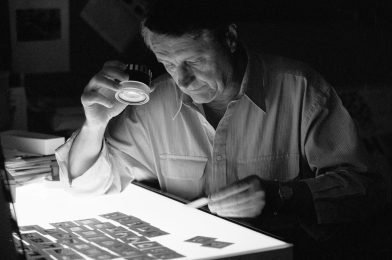FOREIGN MISSION BOARD, 1980 TO 1993
When Dr. Keith Parks went to the Foreign Mission Board in 1975, his responsibility was to head up the mission support division. Establishing one of the finest communications departments possible was one of Dr. Parks’s goals for himself and the Foreign Mission Board. He discovered Don Rutledge did the finest photojournalism work around the denomination. However, Don is now working for the Home Mission Board.
While Dr. Parks was trying to direct the communications department, Everette Hullum and Don Rutledge were asked to provide a workshop at the Foreign Mission board. During the seminar, Don and Everette talked about working as a team and how they did coverages. Don remembers that Dr. Parks sat in on the workshop.
Later, around 1979, Dr. Keith Parks heard through the grapevine that Don Rutledge may be interested in leaving the Home Mission Board. Then, Dr. Keith Parks approached Don to come to the Foreign Mission Board.[41] He also tried to get Everette Hullum but was unable to do so.
“I feel that he [Don Rutledge] brought a new standard and new level of photojournalism here [Foreign Mission Board] to The Commission as well as other products,” said Dr. Parks. “The significant detail about Don is not only his sensitivity but also his unselfishly giving. Many others have come on our staff fairly new and fairly young, and Don has given a lot of time training them, giving them tips, and working with them. He has shared his expertise very unselfishly.”[42] This writer is one of the ones Don took under his wing and trained at the Foreign Mission Board. Joanna Pinneo was another of those whom Don helped. She successfully took Don’s suggestions and moved on to work with Black Star and National Geographic.
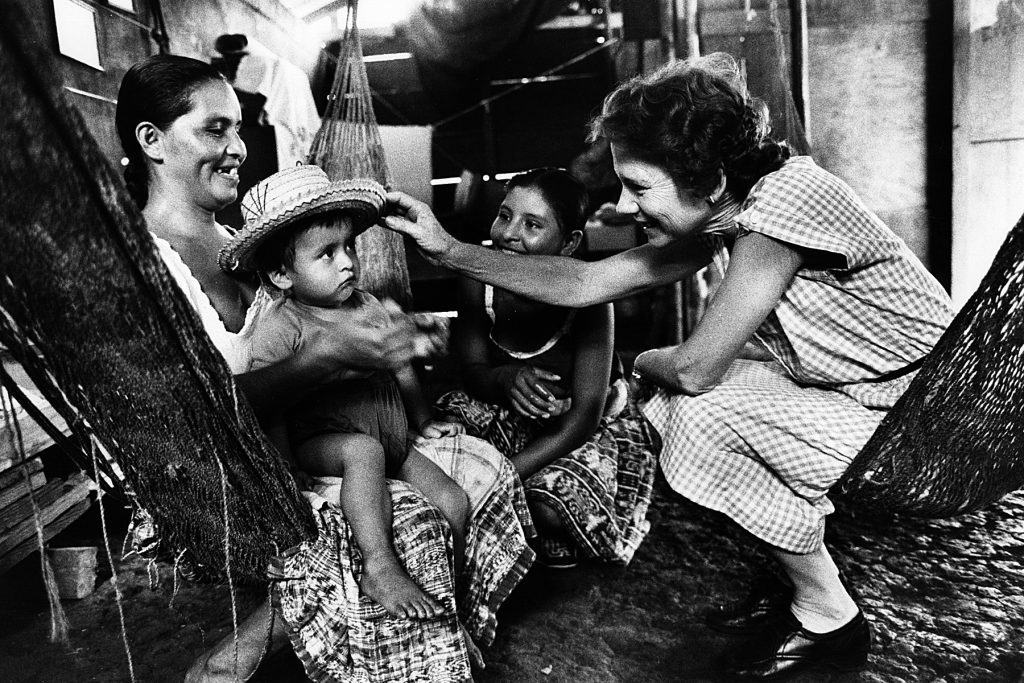
When Don worked with a person, it was usually because they initiated the contact rather than Don. This occurred as a person went to Don asking for advice and continued to return over and over and put into practice Don’s suggestions. Those who understood and could incorporate Don’s suggestions into their direction in photography did very well.
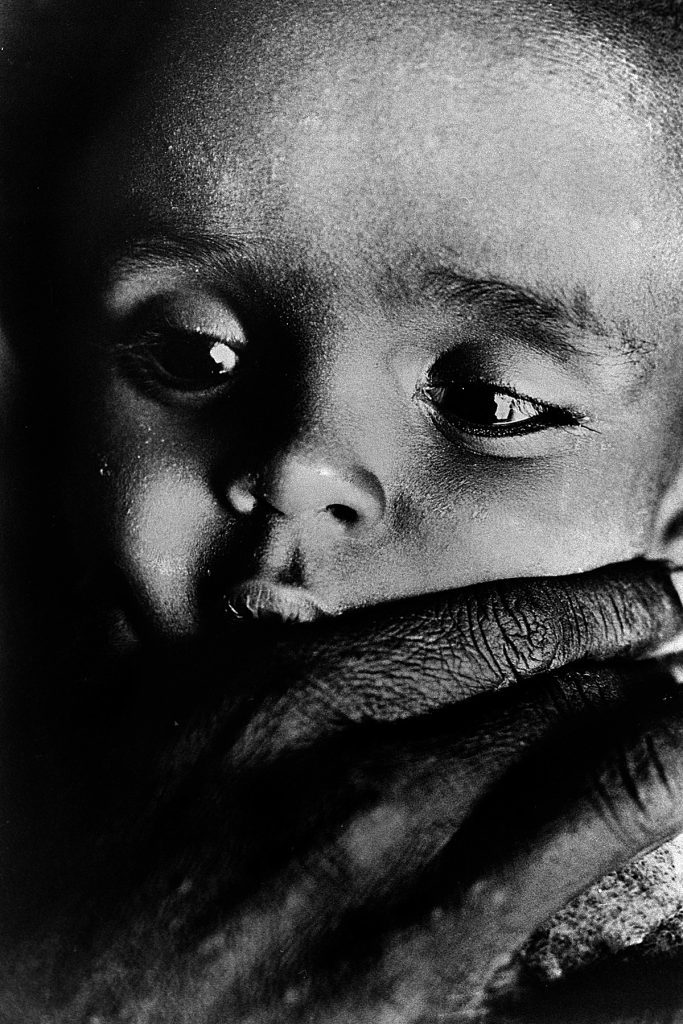
“We needed a flagship piece at the Board,” said Dr. Parks.[43] They made The Commission magazine that flagship. They determined they needed on-the-spot coverage to communicate the message through this piece. They had done this but had gotten away from on-the-spot coverage. They relied on the missionaries to send in information they could from the fields. They designed the idea of getting information at the location. The philosophy of team coverage was the direction taken by the board. They hooked a writer and a photographer together to work on projects. They went to the countries to gather together material to be used in publications. Some material was used for mission studies, news releases, and feature articles.
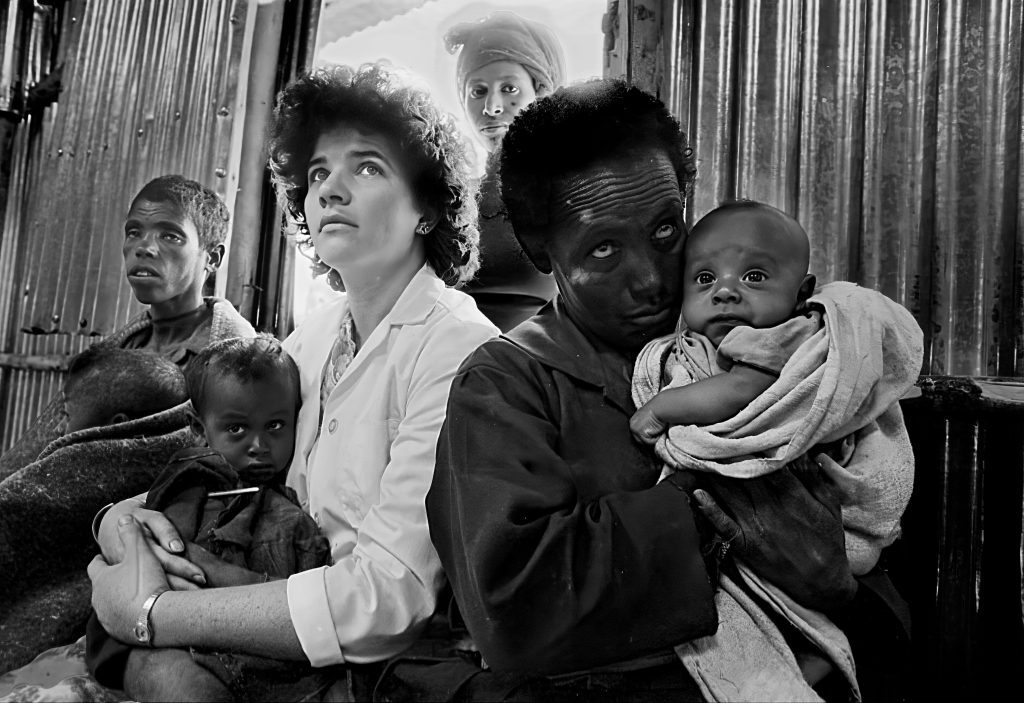
The team philosophy was not new in Southern Baptist life. It was copied from the Home Mission Board, with Don acting as a consultant. Don also brought ideas from his days with Black Star to the Home Mission Board. The old saying two heads are better than one applies to effective communication. Besides a writer and photographer working together, the team was more significant. A designer, editor, department head, librarian, and others were included in the planning process for the distribution of the product. The team concept made everyone on the team become specialists. This specialization causes each person to make his contribution the best possible. The photographer concentrated on the images, and the writer could concentrate on the words. The designer worked at combining the two elements to work together to communicate the most effective package possible.
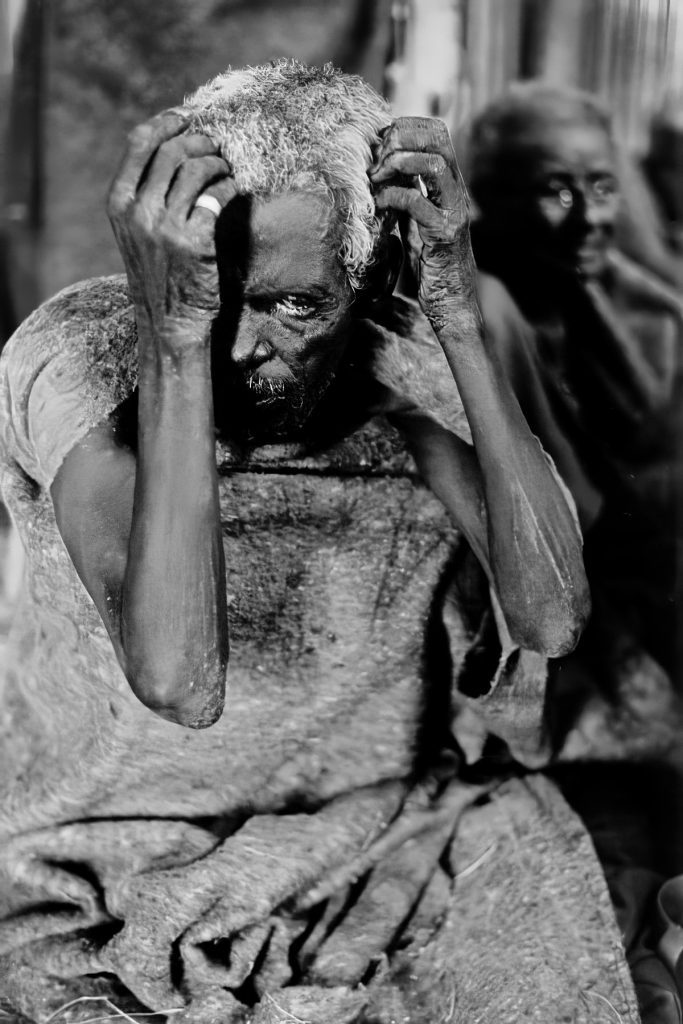
Before these coverages could occur, issues like budget needs had to be raised and planned into the schedule. Planning a year or so was often done to work out necessary details. Usually, these plans would change at the last moment. Even with detailed planning, the team discovered that when they arrived on the field, the missionaries did not understand what the group was doing. Due to the miles and cultural patterns involved in trying to communicate with the whole world, many problems had to be faced.
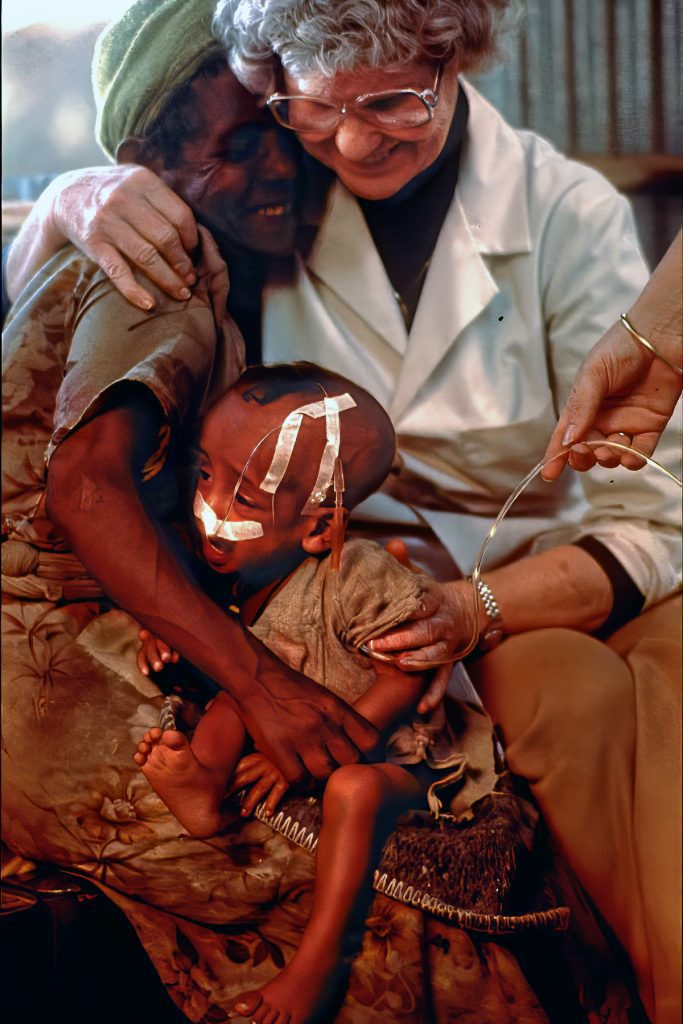
All this planning later helped them to respond positively in crises. They covered the Earthquake in Mexico City and the mudslide in Columbia. Both of these coverages were released through the Associated Press and helped the world see how Southern Baptists responded to the world’s crisis. This provided good public relations. It helped Southern Baptists who had never seen The Commission magazine or a Baptist state paper see the positive work done through Southern Baptist missions for the first time in their local paper.
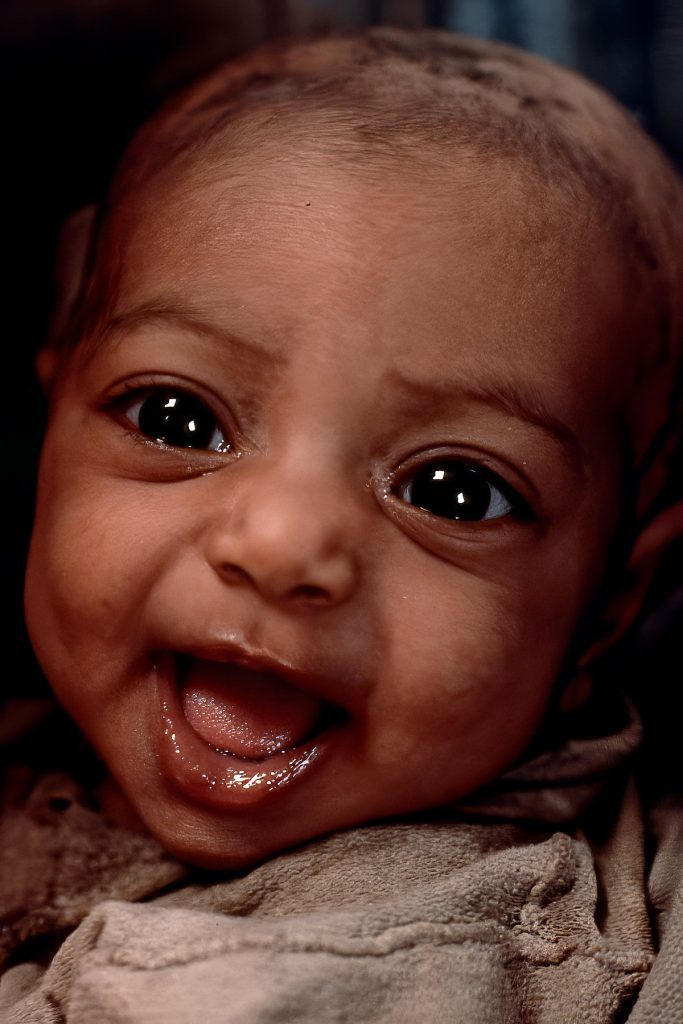
Don’s ability to capture people on film in such a natural way provides a positive contrast with photographers who wet up posed situations. Don’s photography “has helped in the total scope of communications” for the Foreign Mission Board.[44]

Don is a compassionate person. He is sensitive to other people. He can gain their confidence and subtly work himself into a situation. He has tremendous spiritual depth. Therefore, his pictures reflect his sensitivity to people and his spiritual commitment. I have never seen him take a picture or seen a picture he has made that in any way would embarrass people who saw it. He always did it in such a way that the people who saw it would be as proud of it as he was. He has such a sensitive touch, such a high standard, and the feeling of wanting the people who were the objects of the picture to be as proud of the picture as he was as the picture’s taker. Of course, he has such a tremendous background in all his travels and his awareness of Southern Baptist life and other Christian groups; he brings a quality and a character to the work that many people don’t. It’s not just a technical profession to him; it’s a spiritual calling. You sense that in what he does and how he does it.”[45]
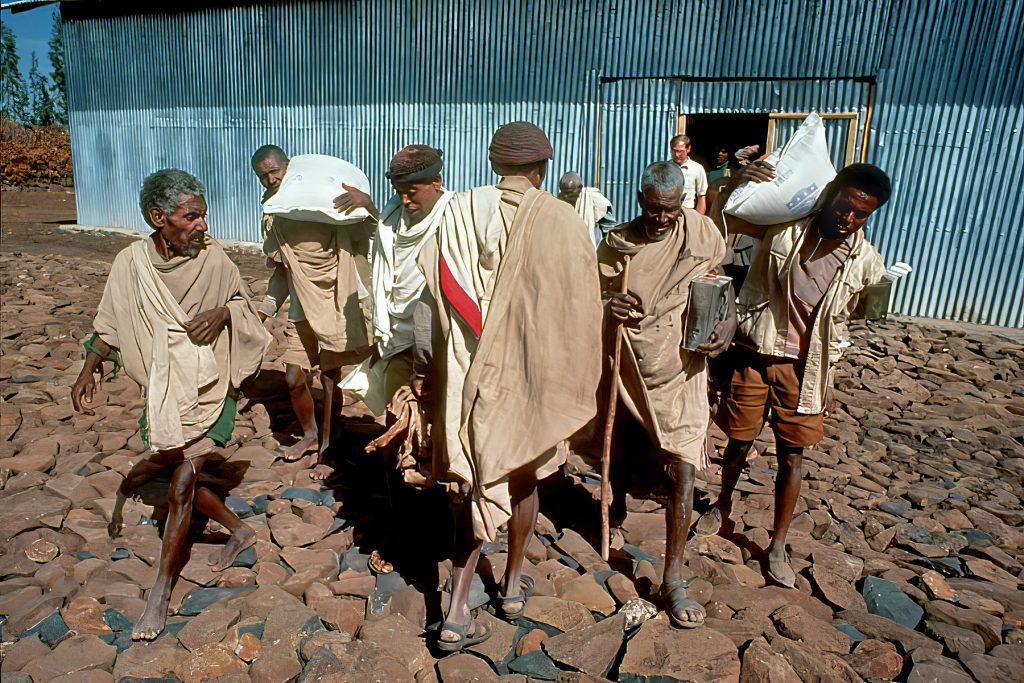
Dr. Keith Parks resigned late in 1992 due to the controversy at the Southern Baptist convention, making it difficult for him to do the job as he saw it. Don Rutledge and writer Robert O’Brien went with Dr. Parks on his last trip to Rio.
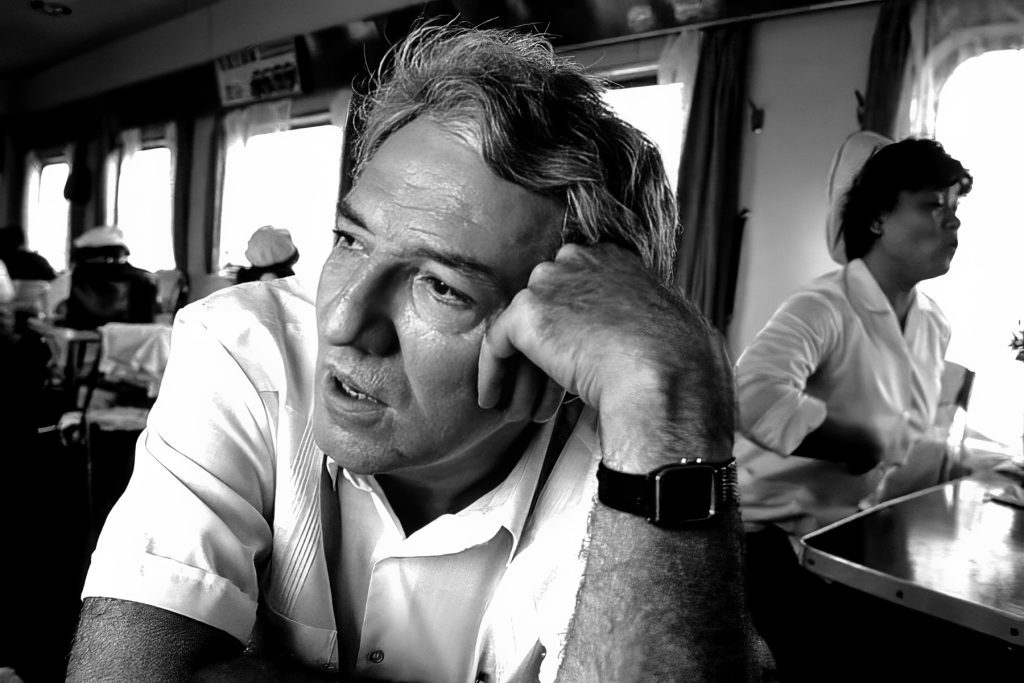
Although Don took hundreds of pictures, I hardly noticed because he did it in such an unobtrusive way. When he put it all together, he had caught the highlights of the meeting and the impact that he wanted. I think that he is a first-rate fellow from every measurement professional. Of course, he can and does meet the highest standards of the secular world, and yet his deep spiritual commitment has caused him to give himself to the spiritual cause he believes in rather than selling his skills to the highest bidder. I think that quality and character come through in his pictures.[46] Dan Beatty, the design editor of The Commission magazine, commented, “Don is the one person who has completely influenced the magazine’s direction. Before Don came, we knew that there was a sure way we wanted to present the mission material in the magazine. None of us had a firm grasp on what direction we should go to achieve our goals. Don provided the direction for us to go. Don never expressed any strong feelings about——in a critique type way——on the magazine. Just Don’s presence and constant example of someone who always strives for the best is what guided us along. He constantly connected us with different individuals in photojournalism and layout and design. He felt these would be good influences on the magazine or effects that would help us along the road where we wanted to be with the publication.”[47]
Don and those around him heavily influenced Dan. Through Don, Dan was introduced to the people of National Geographic, The Virginia-Pilot, and The Ledger-Star, those at Black Star, and others. The awards for best use of pictures by a magazine, given out by the National Press Photographers at the annual Pictures-of-the-Year contest, were basically awarded to Dan Beatty’s efforts.[48] As a result of Dan receiving this award, most persons in photojournalism considered Dan to be at the top of the field. Dan says, “I would not be doing what I am doing at the level I am doing it if it hadn’t been for Don. He is an example of consistency and integrity in a field where that is not always a constant with the different people I’ve met. He represented something that I wanted to achieve myself. He has been the most significant influence I can think of on me personally and the different photographers I have worked with along with Don. What impressed me most about Don is his sensitivity and his regard for human beings. That made him the asset Dr. Parks sought in communicating about Foreign Missions to Southern Baptists and other people. No matter the situation, the dignity of the human being is so important to Don. To me, that is the real strength of Don’s work.”[49]
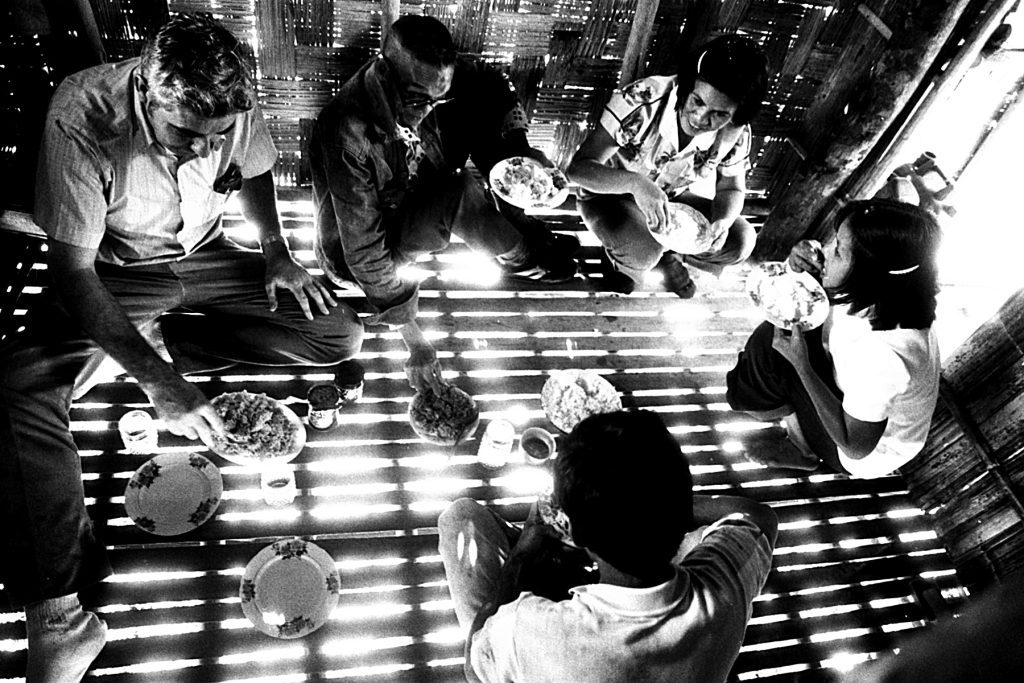
Not everyone on the board was so excited when Don came on board. He replaced the only photographer when he went to the Home Mission Board. There was not a photography department. However, when Don went to the Foreign Mission Board, there was a lab, a photo library, and photographers already working there. The Foreign Mission Board was in many ways not any further along photographically than the Home Mission Board was when he went there in 1966. Here in 1980, they were shooting their coverages on medium format cameras. Hasselblads, to be specific. These cumbersome bodies did not let one shoot available light photography. The photography being done was only glorified snapshots.
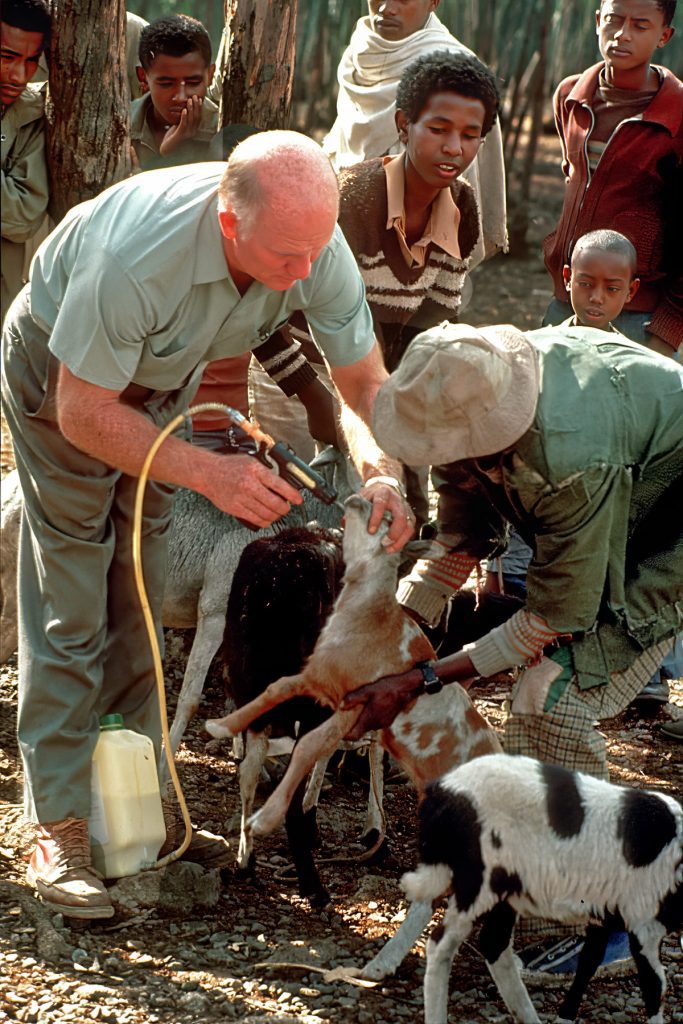
Survey trips were the way that Photography was done. The photographers would plan a trip and shoot stock photography. These pictures were for the files and not for any specific story usually. The images did not tell a story at all. They were scenics of buildings, and when people were included, they all stood facing the camera. If there were more than two people, they generally lined them up for the group shot.
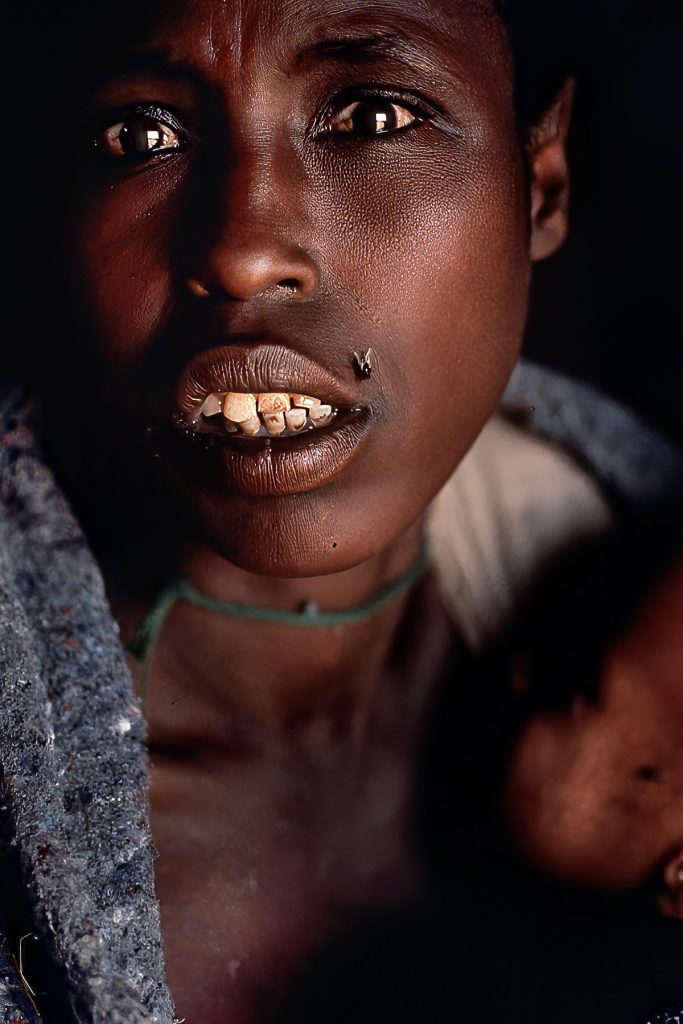
The magazine was dull. The technological advances in layout and design had passed the board years ago. The Foreign Mission Board had a more extensive lab, more photographers, and even a more extensive photo library, but still, their work was much poorer than what the Home Mission Board was producing. Some might say that Don had lost his marbles. Why leave the Home Mission Board and go to a place like the Foreign Mission Board? It sounds so familiar for the same reasons that he went from Black Star to the Home Mission Board.
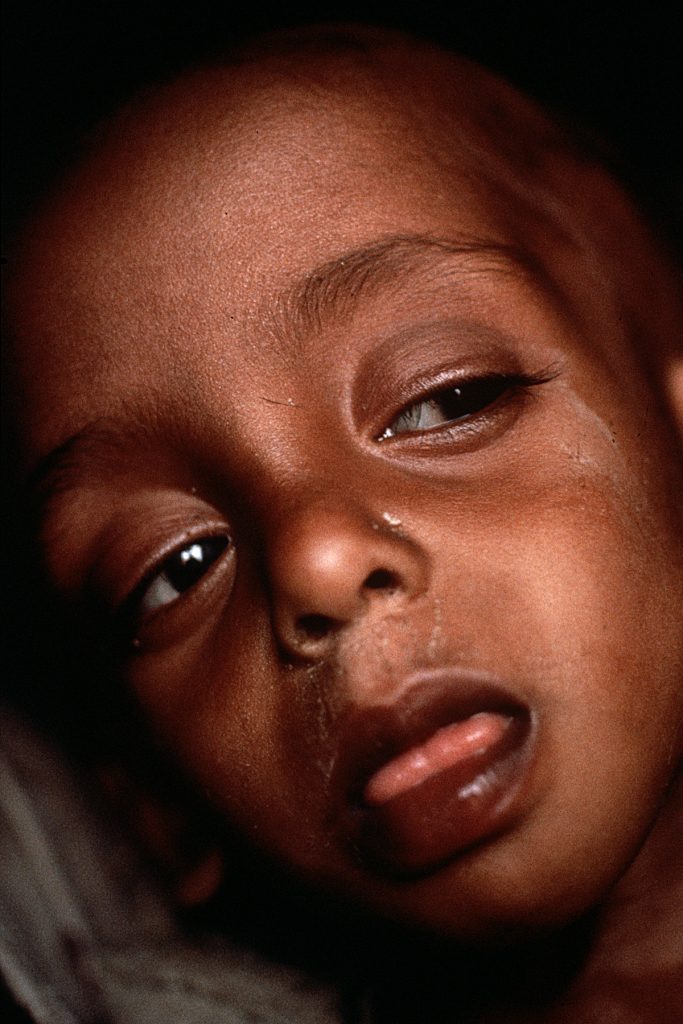
The volunteers often see these faces of hopelessness, and they bring back hope for the families.
After going to the Foreign Mission Board, Don ran into problem after problem again. The board had adopted a policy to help those moving to Richmond get loans through the F.M.B. But Carl Johnson told Don that although the governing council had approved it, he could not let Don use this program. Interest rates were sky-high. Don took a cut in salary and went from paying a house payment of a couple of hundred dollars to four times as much. The house wasn’t much more significant. It was just the nature of the housing market. Don said he took a substantial cut in pay when figuring out all the move costs.
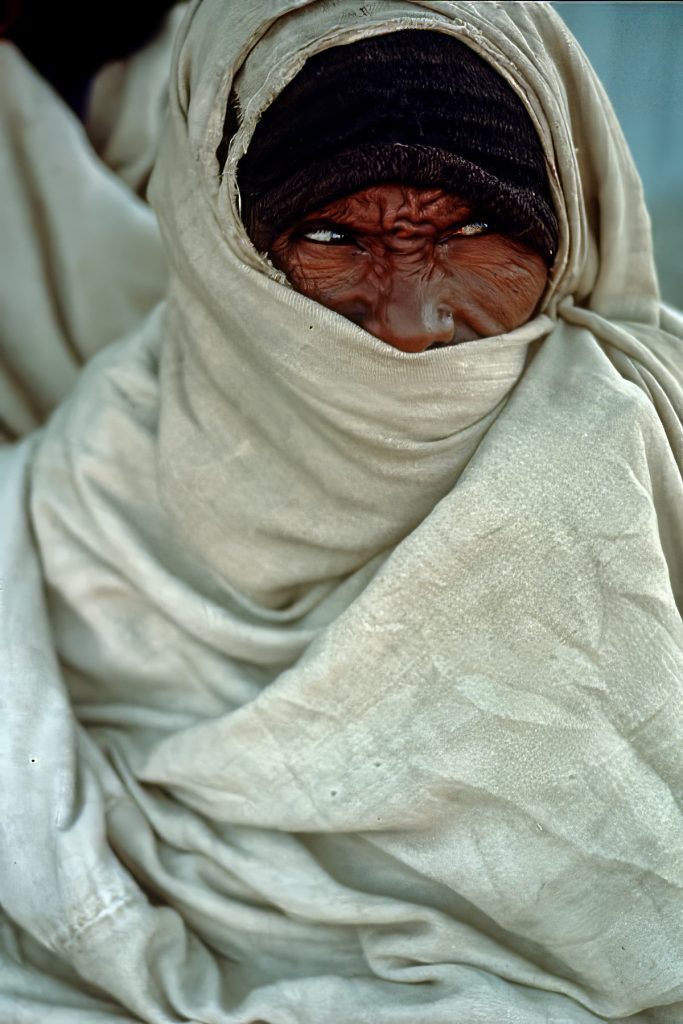
Phil Douglas, a layout and design specialist, was putting together a book and had asked Don to contribute some of his work. The Home Mission Board and the Foreign Mission Board used and had used Phil Douglas’ consulting services at the time. Ken Lawson did not think this was a good idea and refused to let Don’s pictures from the Foreign Mission Board be used in the book. The Home Mission Board cooperated with the project and allowed Don’s photos to be used. Many in the communications department were giving Don a hard time. Dr. Keith Parks had assigned Don directly to the top of the Communications Department head, John Scofield. This infuriated many in the department. They felt they had been there longer and deserved the prestige that was being given to Don by Dr. Parks.
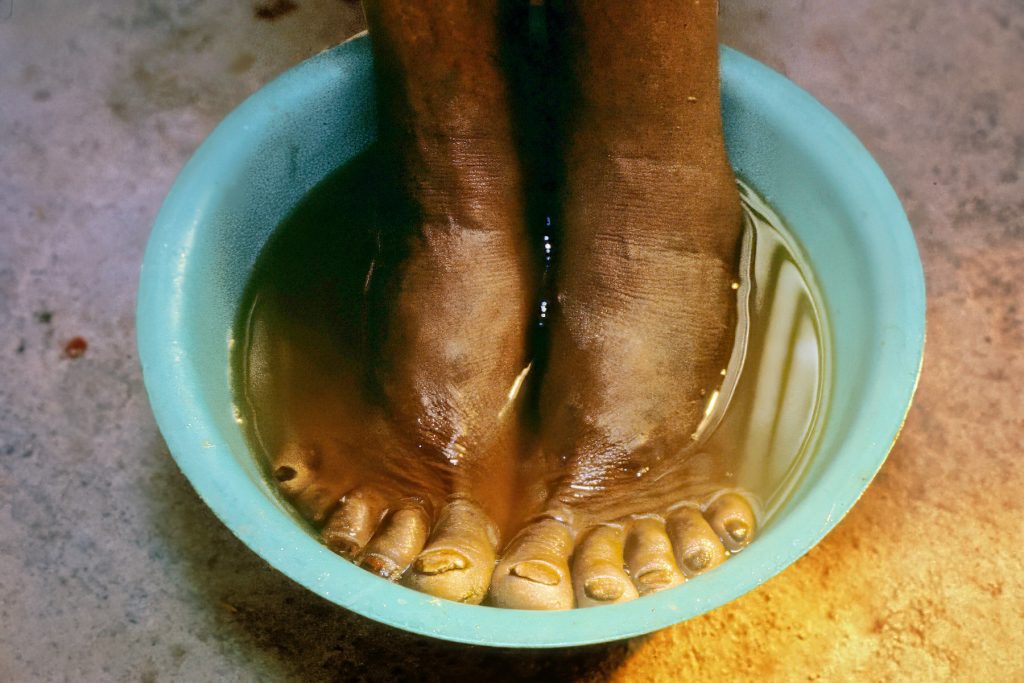
After looking at the two agencies and comparing Don’s acceptance to the difficulties he incurred at the two agencies, this writer has concluded. At the Home Board, Don was faced with people questioning his technical knowledge, while at the Foreign Board, they were jealous. He communicated well at both agencies. The sources of his problems at the agencies were very different.
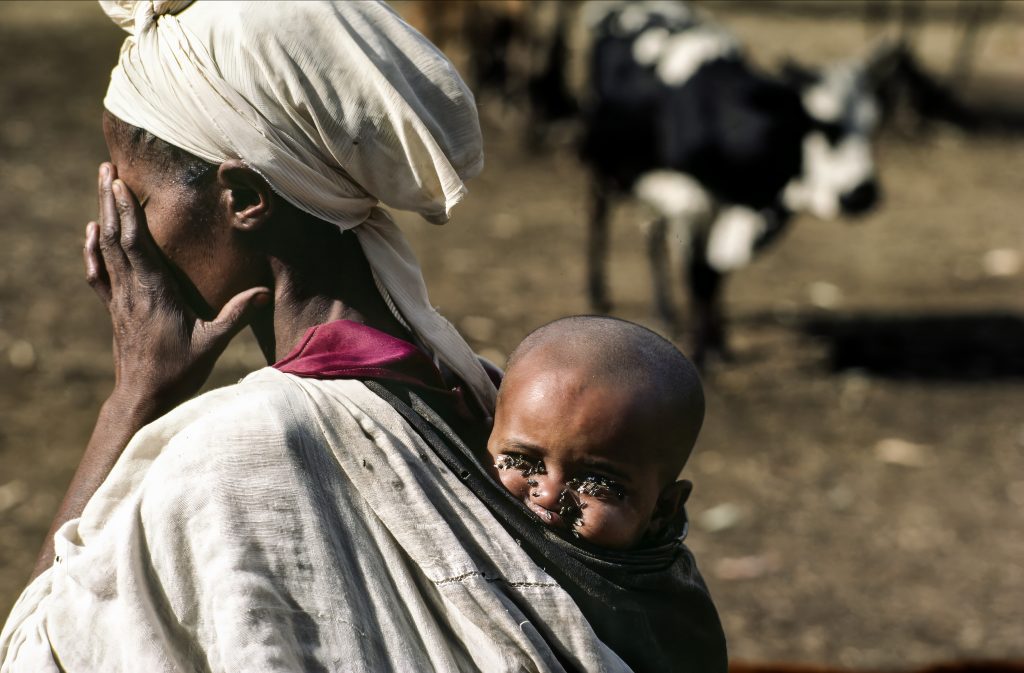
Those that Parks asked to change their approaches had to deal with significant issues. Dr. Parks wanted Don to direct the publications. Perhaps those who followed willingly possess more self-esteem than those who fought the battle of falling. Don did not confront this issue. He just let his work do the talking. Slowly, many changed their views after seeing the impact of Don’s work.
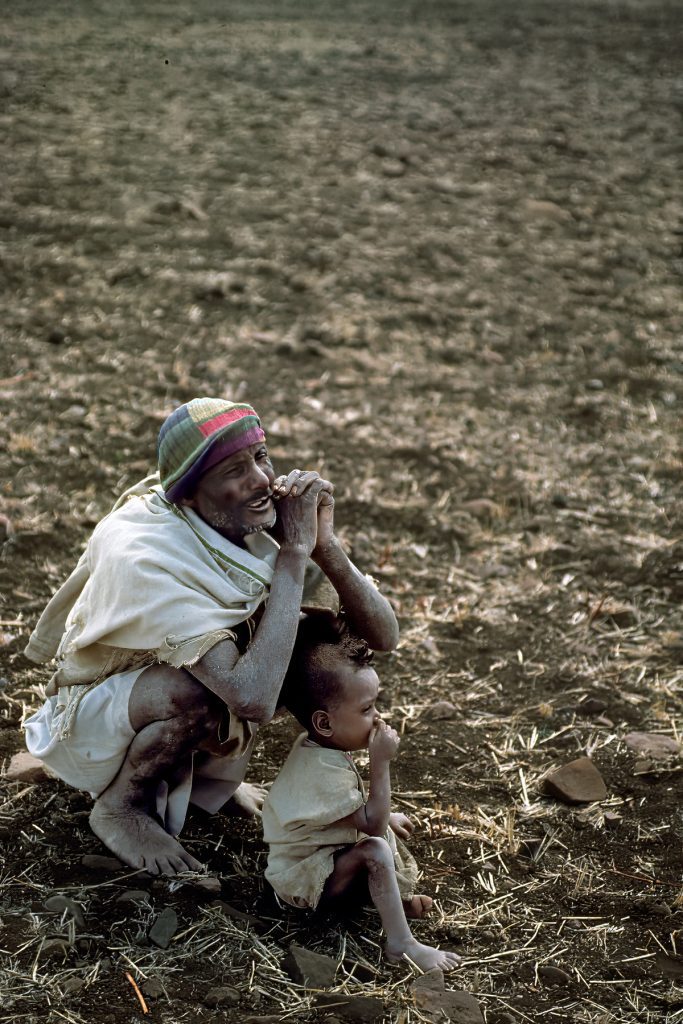
Don’s ties with Black Star and others in the secular world helped many staff members. Steve Helber, the Associated Press Photographer for the state of Virginia, called Don one day asking for some help. Steve had worked in Atlanta and knew Don from those days in Atlanta. Don was too busy but suggested that Joanna Pinneo could probably help. This introduction helped Joanna, a lab technician in the Foreign Mission Board’s darkroom, get the shooting experience. Steve Helber took Joanna under his wing and taught her the ins and outs of wire service photography. With Steve and Don working with Joanna, Joanna soon began doing coverages for the Foreign Mission Board.
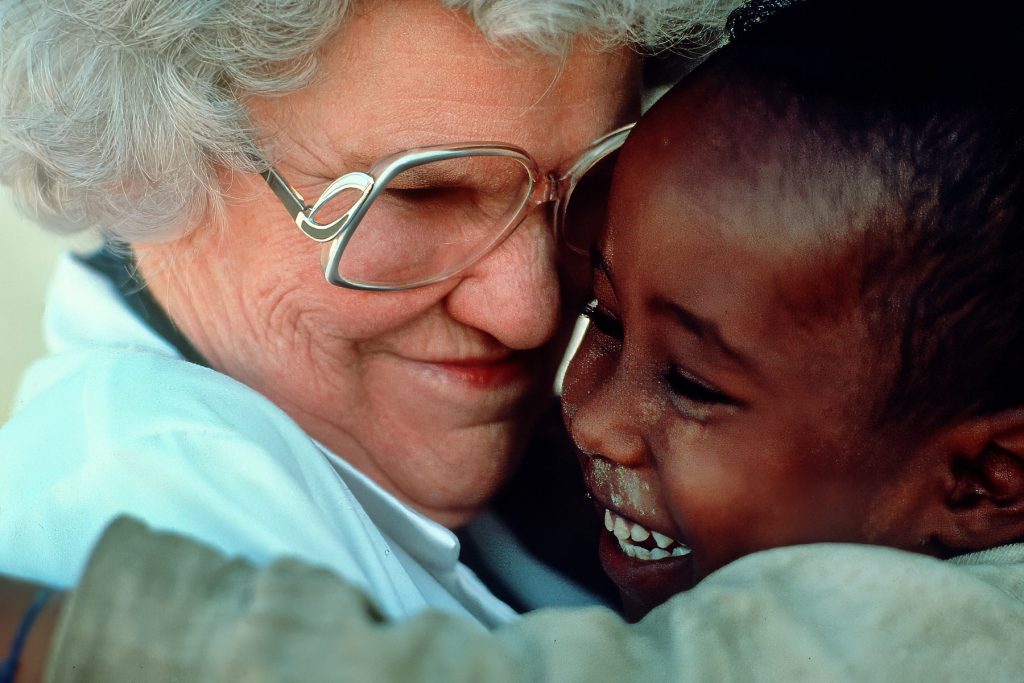
Don helped Joanna by going over her contact sheets with her. Slowly, things were coming together. Her background was in art and psychology. Don helped her use this background in photojournalism. Steve Helber helped Joanna develop her style of impact. In the wire services, pictures had to have an immediate effect, or the editors would not use them in their papers. This understanding, coupled with Don’s magazine background, helped Joanna get some of the foundations that she later built upon to make her one of the most successful photographers in the field today. Howard Chapnick was grateful for being introduced to Joanna through Don.[50] One can see through Joanna Don’s teaching ability.
What does Don teach others that they do already know? Don teaches people how to see again. “Why is the sky blue? Why is one flower red and another yellow? How do the stars stay up in the sky? Why is the snow cold?” are questions Don says that children ask and adults forget to ask. Once these questions are not asked, the world becomes humdrum. Don teaches those around him how to appreciate the small details and how these small details say so much. Don says, “Photography forces me to continue asking questions which began in my childhood and probing for answers in the maturity of my life. The ‘seeing beyond what the average person sees’ fills me constantly with excitement and allows me to keep the dreams of my youth. It gives my ‘seeing’ a newness and freshness as I work hard to communicate through photography the messages I want to convey.”[51]
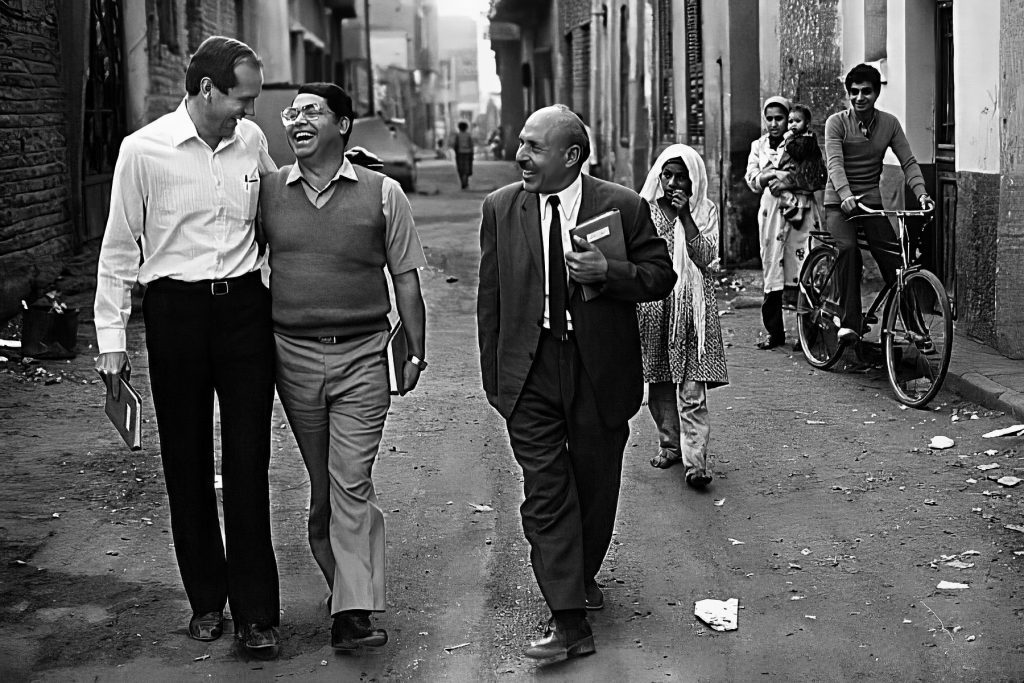
Black Star allowed Don to pursue this direction; later, the Home Mission Board nurtured this call of Don’s. The desire keeps him going now with the Foreign Mission Board. As a result of working with these groups, Don has been in all 50 states, all but two of the Canadian provinces, and 137 countries.[52] This travel has helped Don to see how small the world is. He has noticed that once he arrives in another nation, the people are very similar and live very much alike. The smile still means the same the world over.
Often, Don is asked to speak at photography conferences. He advises the photojournalists who work on the local papers to learn how to work where they are now. The ability to look good has little to do with where you are and who you photograph. The power to communicate must be there in the local market. This writer/photographer has looked at Don Rutledge’s work for the past twenty years. The pictures in Russia look very similar to his photos in Kentucky. The differences were more minor than the similarities. Don’s photographs concentrate on people’s emotions. People’s feelings stand above languages and cultures, no matter where you are located. These small moments of expression communicate across our language barriers. Foreign Missions has been one of the best places for Don’s work to excel. Here, his style of Photography was not bound by words or cultures. Body language is a potent form of communication. The difference between a “No Comment” on a show like 60 Minutes and the exact words in print is evident.
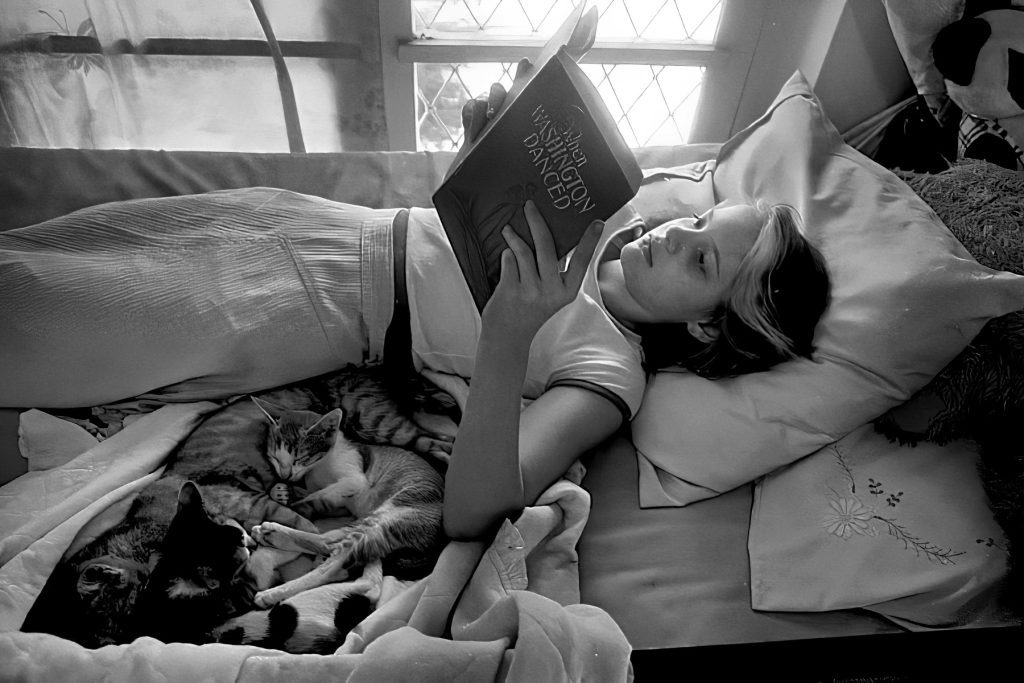
While Don was doing coverage to show where Lottie Moon grew up in the mountains of Virginia, he was reminded of how small the world had always been. He discovered that Lottie Moon spoke several languages and that many people in the hills of Virginia today speak many languages. Some of the people Don ran into speak Asian languages like Chinese.[53]
How does Don continue, year after year, to make photographs where the people appear not to notice Don? Don’s favorite lens for years has been the 28mm lens. This lens requires Don to get twice as close as he appears in the photograph. When viewing Don’s photographs, realize that he is usually twice as close as he seems. Don’s style of photography requires the subject to allow Don to enter his personal space. If someone enters most people’s personal space, they appear uptight and tense. But if their best friend enters that space, they seem warmer and more personable. This immediacy that Don creates with the camera breaks down the walls of culture and status. People become real when Don photographs them. Don wants us to see the positive side of people. This ability comes from years of hard work by a man committed to his calling to ministry, the ministry of helping others, the people, and the world with “his father’s eyes.”
[41] Dr. Keith Parks, interview by author, Tape recording, Richmond, Virginia, 26 October 1992.
[42] Ibid.
[43] Ibid.
[44] Ibid.
[45] Ibid.
[46] Ibid.
[47] Dan Beatty, interview by author, Tape recording, Richmond, Virginia, 27 October 1992.
[48] Howard I. Finberg, The Best of Photojournalism 16: The Year in Pictures, (Philadelphia: Running Press Book Publishers, 1991), 232.
[49] Interview with Beatty.
[50] Interview with Chapnick.
[51] Don Rutledge, “Using Photography: To look beyond the backyard fence” unpublished, 1992.
[52] Ibid.
[53] Don Rutledge, Interview by author, Richmond, 1985.

